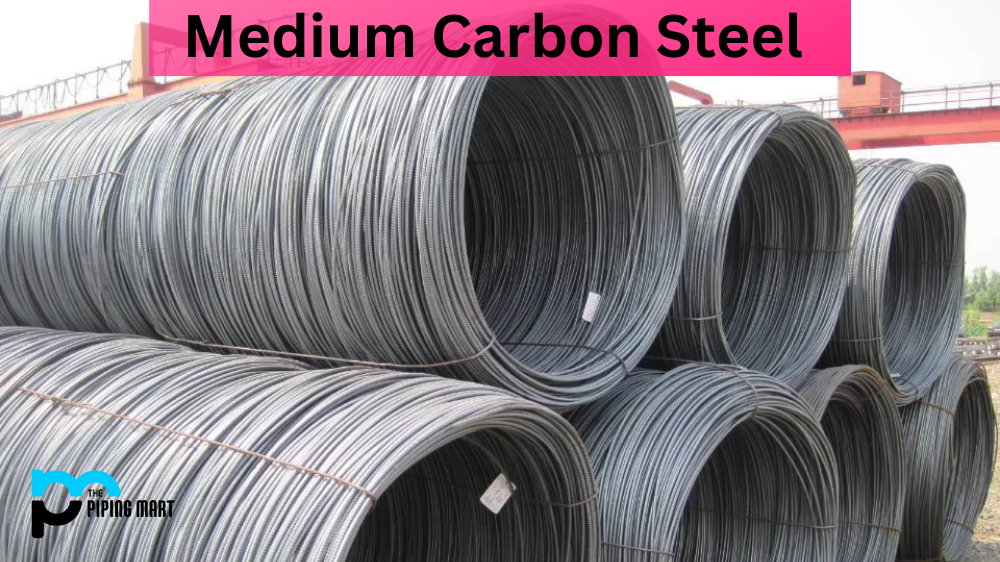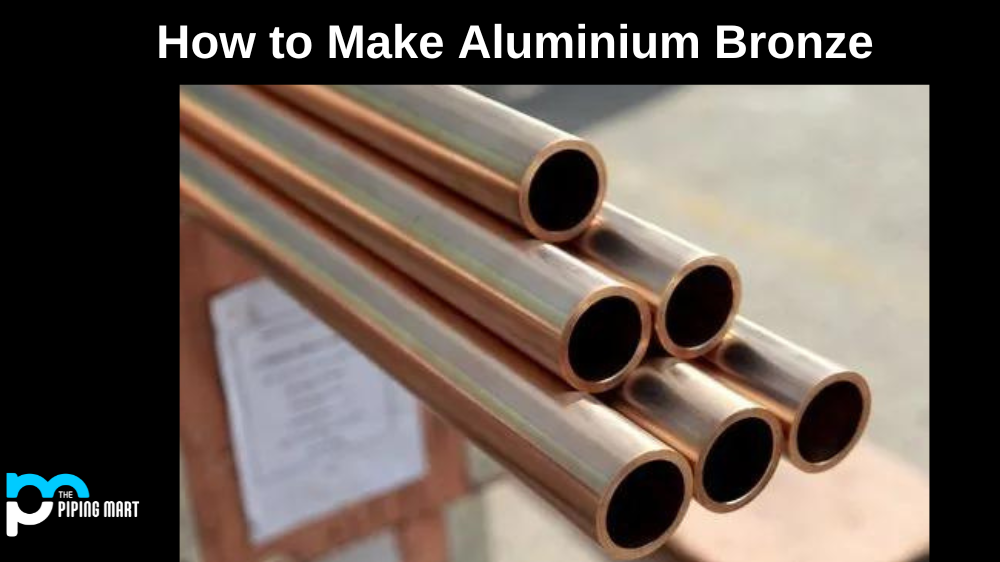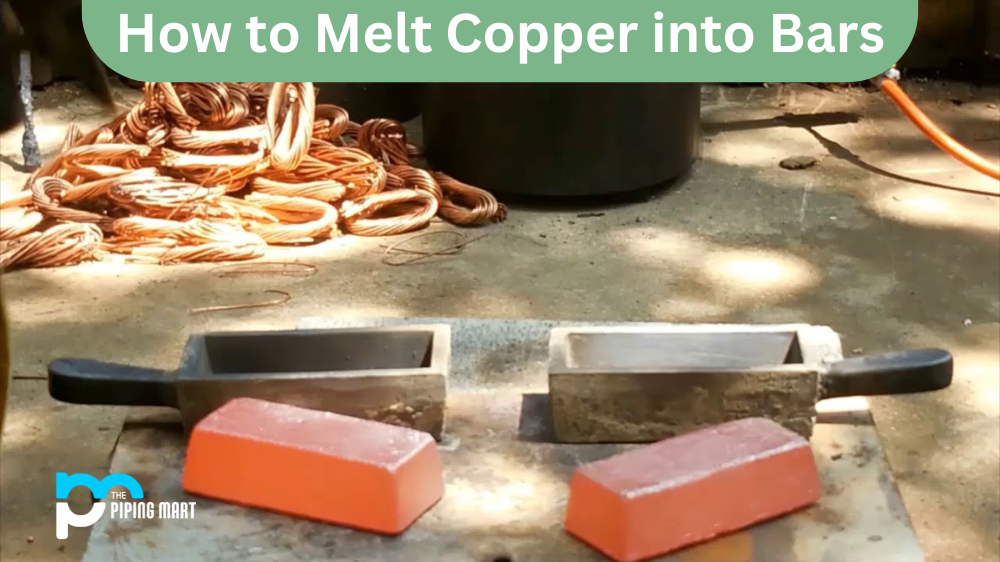If you’re in a profession that relies on metalworking, then chances are you’ve heard of medium-carbon steel. But what is it? And what is it used for? This blog post will answer those questions and provide an overview of the properties and uses of medium carbon steel.
What Is Medium Carbon Steel?
Medium carbon steel is a type of steel that contains 0.3% to 0.6% carbon content by weight. This makes it more challenging than low-carbon steel but more malleable than high-carbon steel. It is also known as mild or plain carbon steel and has a relatively low tensile strength compared to other metals, such as stainless steel and aluminium alloys.
Properties of Medium Carbon Steel
Medium carbon steels have several beneficial properties due to their composition, including excellent hardness, strength, wear resistance, ductility, and shock resistance—making them highly machinable and weldable materials for many applications. They also have excellent thermal conductivity and can easily be heat-treated for improved surface hardness, fatigue life, and wear resistance.
- Medium carbon steels contain between 0.30% – 0.60% carbon.
- Medium carbon steels are more robust than low carbon steels but not as strong as high carbon steels.
- Medium carbon steels are ductile and can be formed using various methods such as hot forming, cold forming, and machining.
- Medium carbon steels can be heat treated to increase their strength and hardness.
- Medium carbon steels are used in various applications such as automotive parts, machinery parts, tools, and construction materials.
- The properties of medium carbon steels can be modified by adding other elements such as manganese, chromium, vanadium, and molybdenum.
Uses of Medium Carbon Steel
Medium carbon steels are commonly used for many industrial applications due to their versatility in forming parts with tight tolerances without cracking or breaking under high-stress levels. They are also often found in automotive components such as crankshafts, axles, drive shafts, gears, pins, valves, and rods due to their superior strength-to-weight ratio compared to other metals like aluminium or titanium alloys. In addition to these uses, they can also be found in construction projects such as bridges, where they are valued for their excellent corrosion resistance and ability to hold up under extreme temperatures or vibrations when welding or bending them into shapes needed for structural integrity. Finally, they are frequently used in the oil & gas industry because they can endure extreme conditions while maintaining structural integrity over long periods—making them ideal materials for pipes and other components that need to be durable enough to last through years of use in extreme environments.
Conclusion
Medium carbon steel is a versatile material with numerous advantages that make it ideal for many industrial applications ranging from automotive components like crankshafts and axles to bridges needing superior corrosion resistance or pipes needing durability over extended periods in extreme environments. Its properties make it machinable & weldable, while its thermal conductivity allows it to be heat treated for improved surface hardness & fatigue life—allowing it to stand up against high-stress levels without cracking or breaking apart. With so much going for it, it’s no wonder why medium carbon steels remain one of the most widely used materials across industries today!

Pipingmart is a B2B portal that specializes in metal, industrial and piping items. Additionally, we share the latest information and information about materials, products and various types of grades to assist businesses that are involved in this business.




